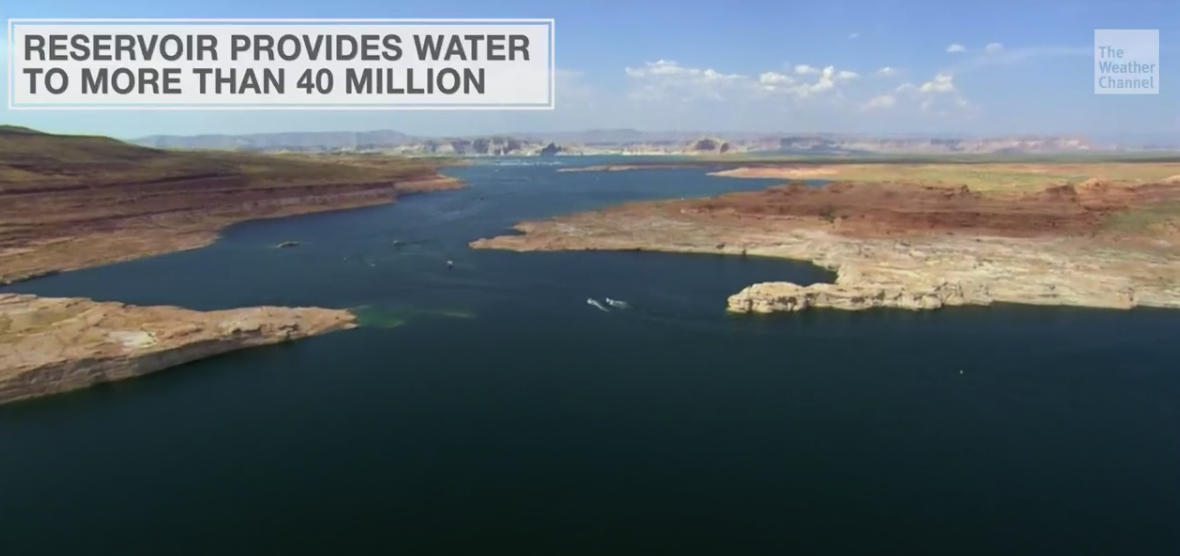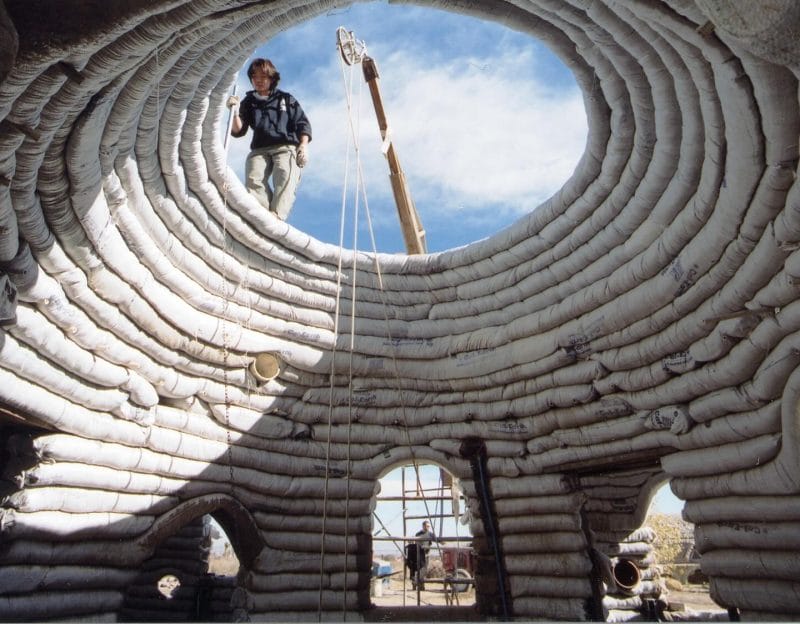Opinion: It’s an imperfect plan that solves nothing. But it’s significant that all seven Colorado River states have agreed to temporarily boost Lake Powell.
By Joanna Allhands | Arizona Republic
The seven Colorado River basin states have a plan to temporarily stabilize Lake Powell.
It contains some pain and not a lot of gain.
Yet no one balked. And that’s a win.
That should signal how dire the circumstances have become.
The U.S. Department of the Interior noted in an April 8 letter to the basin states that the reservoir is dangerously close to hitting 3,490 feet of elevation, a level so low that power could no longer be generated at Glen Canyon Dam and water could no longer flow to the nearby city of Page and an adjacent Navajo Nation community.
Because water could no longer flow through the power turbines, millions of acre-feet of water would flow downstream through smaller backup pipes at the base of Glen Canyon Dam – a risky prospect that could spell calamity for Lake Mead, which relies on Powell’s releases, if any one of those four pipes were damaged by the heavy flows and had to shut down.
Lake Powell needed immediate action
Lone Rock as seen on Feb. 1, 2022, in Lake Powell’s Wahweap Bay on the Arizona/Utah border. At the time, Lake Powell was at 26% of capacity, 168 feet below its full elevation of 3,700 feet above sea level.
Interior proposed taking the unprecedented action of withholding 480,000 acre-feet (that’s more than 156 billion gallons) in Lake Powell that otherwise should have flowed to Lake Mead, among other measures.
Two weeks later, the seven states responded with a singular voice: We get how dire this is, and we’re on board.
“We recognize the urgency created by current conditions in the Basin; in fact, hydrologic conditions in the Basin have continued to decline since your April 8, 2022, letter to the Governors’ representatives,” they wrote in an April 22 response. “It is our collective judgment that additional cooperative actions should be taken this spring to reduce the risk of Lake Powell declining below critical elevations.”
That means the upper basin states will agree to release 500,000 acre-feet from the upstream Flaming Gorge Reservoir, as part of a newly cemented 2022 Drought Response Operations Plan. (That’s a lot more than the 161,000 acre-feet that was released from upstream reservoirs last year to prop up Lake Powell.)
Meanwhile, the lower basin states, including Arizona, will agree to keep 480,000 acre-feet in Powell, though the states have asked for that amount not to count against shortage determinations.








